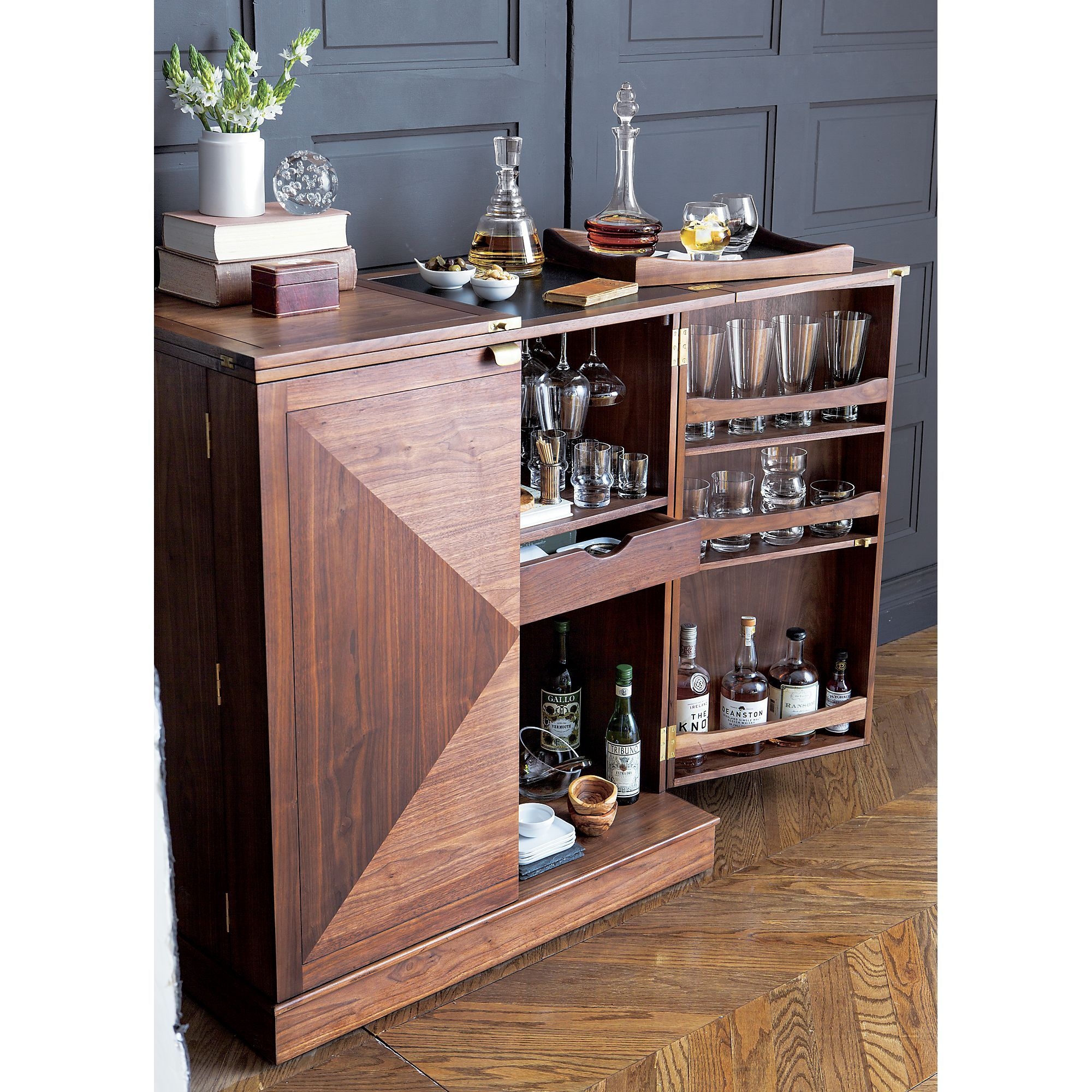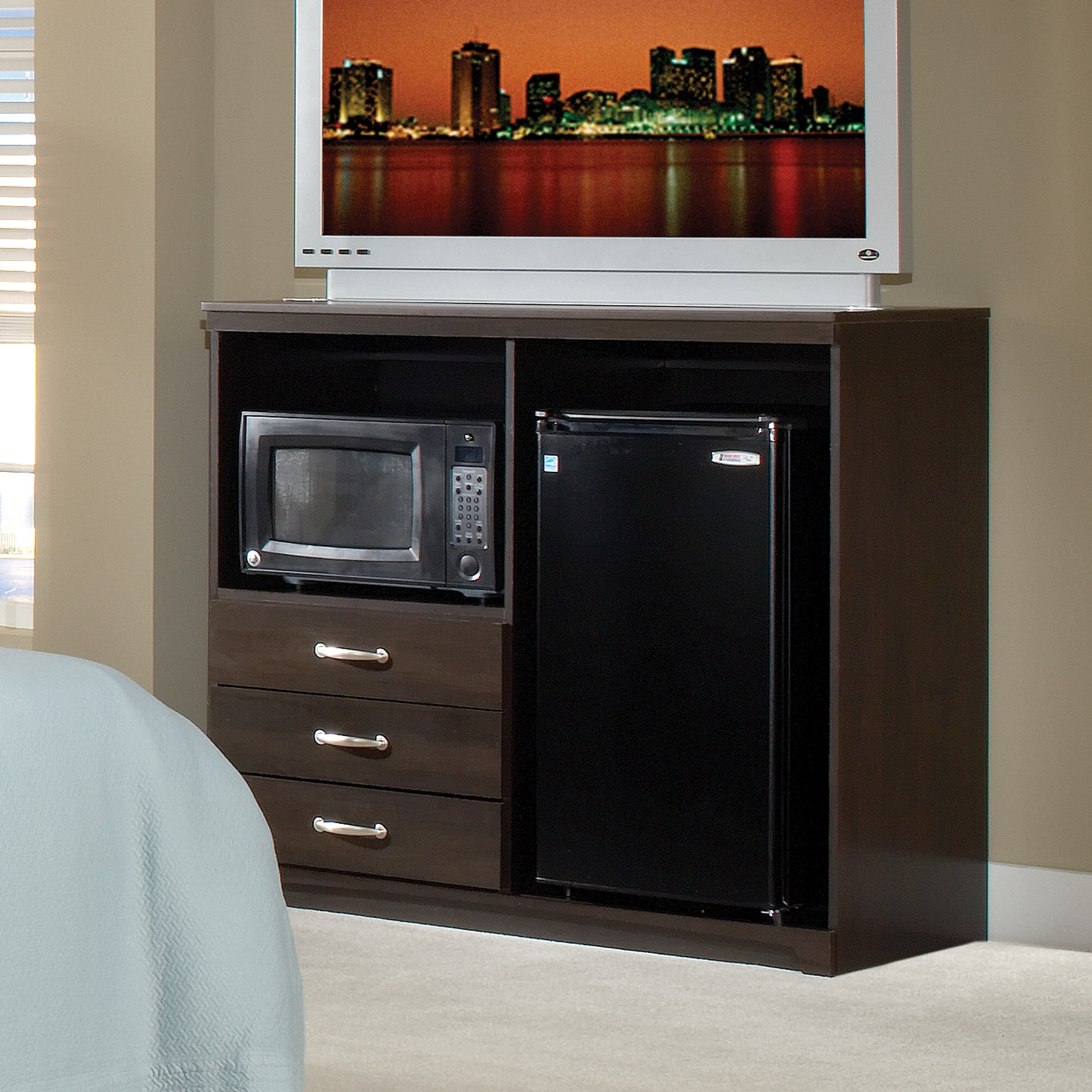Hotel Mini Bar Cabinet Design & Functionality

A modern hotel mini bar cabinet should blend seamlessly with the overall aesthetic of the room while prioritizing functionality and sustainability. This means considering not only the visual appeal but also the efficient use of space and the environmental impact of the materials used. The design must also account for the needs of both hotel staff and guests, ensuring ease of access and maintenance.
Modern Hotel Mini Bar Cabinet Design Using Sustainable Materials
A modern design could incorporate a sleek, minimalist cabinet constructed from sustainably sourced bamboo or reclaimed wood. The dimensions could be approximately 60cm (H) x 40cm (W) x 30cm (D), providing ample space for a variety of beverages and snacks. Unique design features could include integrated LED lighting to showcase the contents, a silent compressor for the refrigeration unit, and a lockable door with a digital key code system for enhanced security. The exterior could be finished with a non-toxic, eco-friendly varnish to protect the wood and provide a smooth, easy-to-clean surface. The interior shelving could be adjustable to accommodate various product sizes.
Comparison of Mini Bar Cabinet Designs
Different mini bar cabinet designs offer varying levels of space optimization and ease of access. A traditional cabinet with shelves may be less space-efficient than a drawer-based system, which can maximize vertical space. However, shelves offer better visibility of the contents. For staff, a cabinet with easily accessible compartments and a well-organized layout is crucial for efficient restocking and cleaning. For guests, a user-friendly design with clear labeling and easy-to-open doors or drawers is essential. A design incorporating a pull-out tray system could provide optimal space utilization and accessibility for both staff and guests.
Mini Bar Cabinet Functionality: Temperature Control, Security, and Inventory Management, Hotel mini bar cabinet
The functionality of a mini bar cabinet is crucial for both guest satisfaction and hotel efficiency. Features such as temperature control, security mechanisms, and inventory management systems significantly impact the overall experience. The following table compares three different systems:
| Feature | Basic System | Mid-Range System | Advanced System |
|---|---|---|---|
| Temperature Control | Simple on/off switch, limited temperature range | Digital thermostat with adjustable temperature settings | Precise temperature control with sensor monitoring and automatic adjustments |
| Security Mechanisms | Simple lock and key | Keypad lock with programmable codes | Biometric lock with access control system integrated with hotel’s management software |
| Inventory Management | Manual inventory tracking | RFID tags on items, allowing for automated inventory checks | Integrated inventory management system with real-time data, automated ordering, and reporting capabilities |
Mini Bar Cabinet Market Trends & Customer Experience

Apakabar, saudara-saudari! Let’s delve into the exciting world of hotel mini bar cabinets, focusing on the latest trends and how they impact the overall guest experience. The modern traveler expects more than just a place to store their drinks; they anticipate a seamless and enjoyable interaction with every aspect of their stay, and the mini bar plays a surprisingly significant role.
The mini bar cabinet is no longer just a simple storage unit; it’s evolving into a sophisticated piece of technology integrated with the overall hotel experience. This transformation is driven by a desire for enhanced convenience, improved sustainability, and a more personalized guest experience. We’ll explore these changes, focusing on the innovative designs and features that are shaping the future of hotel hospitality.
Innovative Mini Bar Cabinet Designs and Technology
Current trends showcase a move away from traditional, bulky cabinets towards sleek, space-saving designs. Many hotels are adopting mini bars integrated directly into the room’s furniture, often with smart technology incorporated. For example, some cabinets now feature digital displays that allow guests to easily view the contents and prices, eliminating the need for paper price lists. This technology also often includes sensors to track consumption, automatically updating the bill and reducing manual inventory management for the hotel staff. The use of sustainable materials, such as recycled wood and energy-efficient lighting, is also gaining popularity, aligning with the growing eco-conscious mindset of both hotels and guests. Imagine a beautifully crafted cabinet made from reclaimed teak wood, subtly illuminated with LED lights, showcasing locally sourced beverages – it’s a blend of elegance and sustainability. Another trend is the use of smart refrigerators with customizable temperature zones, allowing for optimal storage of various beverages and snacks.
Impact of Mini Bar Cabinet Design on Guest Experience
The design of a hotel mini bar cabinet significantly impacts the overall guest experience. A well-designed cabinet contributes to a sense of luxury and convenience, enhancing guest satisfaction. Conversely, a poorly designed or outdated cabinet can create a negative impression, detracting from the overall stay. For example, a cramped, difficult-to-access cabinet can lead to frustration, while a stylish and functional cabinet can create a sense of welcome and sophistication. The materials used also play a crucial role; a cabinet made of high-quality materials projects an image of luxury and attention to detail, enhancing the guest’s perception of the hotel’s overall quality. Conversely, a cheaply made cabinet can feel flimsy and detract from the overall experience. The ease of use is also critical; a cabinet with clear labeling, easy-to-understand pricing, and intuitive technology significantly improves the guest experience.
Top Five Features Enhancing Customer Experience
A thoughtful approach to mini bar cabinet design can significantly elevate the guest experience. Below are five key features that contribute to this positive interaction:
- Intuitive Digital Displays: Digital displays showing contents and prices provide clarity and convenience, eliminating confusion and potential billing disputes. The ease of understanding reduces frustration and enhances the overall guest experience.
- Smart Technology Integration: Sensors that automatically track consumption streamline billing and reduce manual work for staff, leading to faster and more accurate service for guests.
- Sustainable Materials and Design: Using eco-friendly materials demonstrates a commitment to environmental responsibility, appealing to environmentally conscious travelers and enhancing the hotel’s image.
- Ergonomic Design and Accessibility: A well-designed cabinet with easy access to items ensures a hassle-free experience for guests, particularly those with mobility challenges.
- Customizable Options and Local Products: Offering a selection of locally sourced beverages and snacks adds a touch of personalization and supports local businesses, enhancing the overall guest experience and creating a unique hotel identity.
Manufacturing & Maintenance of Hotel Mini Bar Cabinets

The creation and upkeep of high-quality hotel mini bar cabinets are crucial for both guest satisfaction and the hotel’s bottom line. A well-made cabinet ensures longevity, minimizing replacement costs, while proper maintenance guarantees consistent functionality and a positive guest experience. This section details the manufacturing process and provides a comprehensive maintenance guide, ensuring your mini bar cabinets remain a valuable asset.
Mini Bar Cabinet Manufacturing Process
Manufacturing a high-quality hotel mini bar cabinet involves several key stages, from careful material selection to rigorous quality control. The process prioritizes durability, efficiency, and aesthetic appeal to meet the demands of the hospitality industry. Each step is meticulously executed to ensure a final product that is both functional and visually pleasing.
Hotel mini bar cabinet – Stage 1: Material Sourcing and Selection. High-quality materials are paramount. This typically involves sourcing durable, stain-resistant materials like stainless steel for the exterior, ensuring longevity and easy cleaning. The interior might utilize robust plastics or coated materials for hygiene and easy maintenance. Components such as hinges, compressors (if refrigerated), and shelves are chosen based on reliability and longevity. Careful consideration is given to the sustainability and ethical sourcing of these materials.
Stage 2: Fabrication and Cutting. Precise cutting and shaping of the chosen materials are crucial. This often involves advanced machinery like laser cutters or CNC routers for accuracy and efficiency. The cabinet’s frame, doors, shelves, and other components are precisely cut to the specified dimensions and design. This stage ensures that all parts fit together seamlessly during assembly.
Stage 3: Component Assembly. This involves assembling the cut and shaped components. The cabinet frame is constructed, doors are attached with high-quality hinges, and shelves are installed. Internal components such as lighting (if included) and cooling systems (for refrigerated units) are carefully integrated. At this point, rigorous quality checks ensure that all components function correctly and that the cabinet’s overall structural integrity is sound.
Stage 4: Finishing and Quality Control. The final stage involves applying any necessary finishing touches, such as polishing the exterior or applying a protective coating. Rigorous quality control checks are conducted to ensure that the finished cabinet meets the required standards for durability, functionality, and aesthetics. This includes testing the cooling system (if applicable), hinges, doors, and internal lighting.
Mini Bar Cabinet Maintenance Guide
Regular maintenance is key to extending the lifespan of your hotel mini bar cabinets and maintaining a positive guest experience. A simple, consistent cleaning schedule and prompt attention to any malfunctions will ensure your cabinets remain in top condition.
Regular Cleaning: Daily wiping down of the exterior with a mild disinfectant cleaner is recommended. Weekly cleaning of the interior should be conducted, removing any spills or debris. Monthly deep cleaning, including removing and washing shelves, should be performed to maintain hygiene. This ensures the cabinets remain clean and sanitary for guests.
Troubleshooting Common Issues: Common issues include malfunctioning cooling systems (in refrigerated units), sticking doors, or broken shelves. A proactive approach to maintenance, involving regular checks and prompt repairs, minimizes downtime and avoids larger, more costly repairs later. Keeping a log of maintenance activities is beneficial for tracking repairs and identifying potential issues.
Repairing a Faulty Cooling System
A malfunctioning cooling system is a common problem. Addressing this issue promptly is essential for maintaining guest satisfaction and preventing potential product spoilage. Here’s a step-by-step guide to repairing this common malfunction:
- Safety First: Before attempting any repairs, disconnect the cabinet from the power supply. This is crucial for preventing electric shock.
- Identify the Problem: Determine the specific issue. Is the compressor not running? Is there a refrigerant leak? Is the thermostat malfunctioning? Accurate diagnosis is the first step to effective repair.
- Check the Power Supply: Ensure the power cord is securely connected and the outlet is functioning correctly. A simple power issue can often be easily resolved.
- Inspect the Compressor: Visually inspect the compressor for any visible damage or signs of overheating. Listen for unusual noises, such as loud humming or clicking, which could indicate a problem.
- Check the Thermostat: Test the thermostat to ensure it’s functioning correctly and set to the desired temperature. A faulty thermostat can prevent the cooling system from operating properly.
- Refrigerant Check (Professional Assistance): If you suspect a refrigerant leak, immediately contact a qualified refrigeration technician. Refrigerant handling requires specialized knowledge and equipment.
- Compressor Replacement (Professional Assistance): If the compressor is faulty, it’s best to contact a professional for replacement. This is a complex repair that requires specialized tools and expertise.
